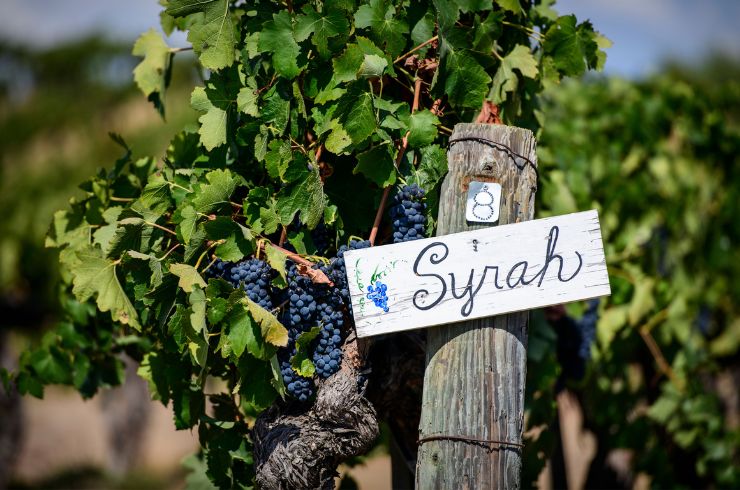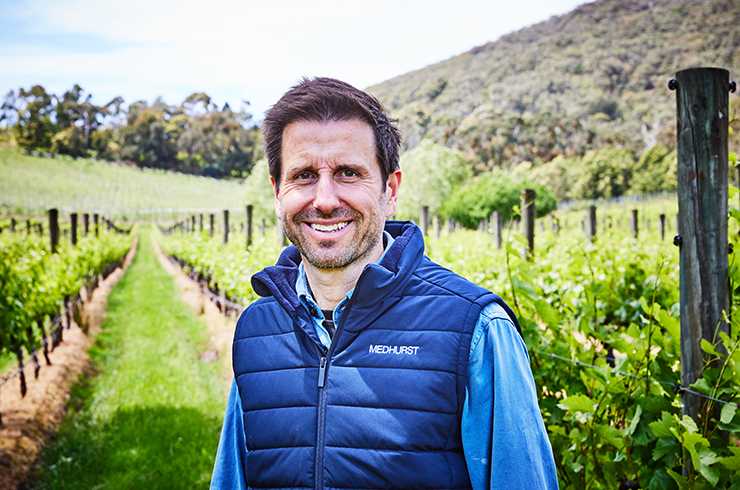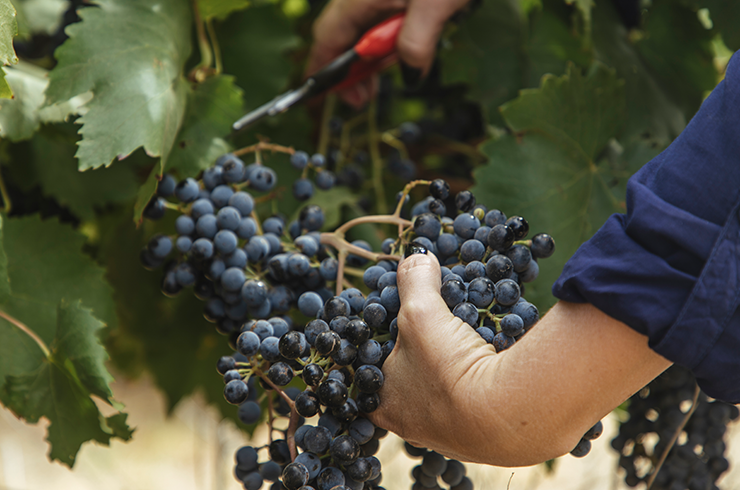Of all the styles out there in our vinous world, surely the cheeriest to pour and, of course, drink, is rosé. Why? It makes several statements: summer is here, good times, too, and it’s all about drinkability writ large.
While I can drink sparkling rosé in any season (hello Arras, Ruinart, Charles Heidsieck, Krug et al), table wine in pink, light red, even cherry and fuchsia hues is best for warmer weather. And for the obvious reason, it can be cooled down, which doesn’t mean chilled within an inch of its life, although a warm rosé is bleh. OK. Don’t faint – I’ve even added an ice block to a glass of pink on a hot day. I’m not doing that to a Domaine Tempier Bandol, one of the great rosés, not judging if you do, however if I’m at a barbecue and the wine in hand is an easy, refreshing drink, then yes plonk an ice block into the glass, to keep it refreshing. Hat on, stay out of the sun and slather SPF 30+ – on you not the wine.
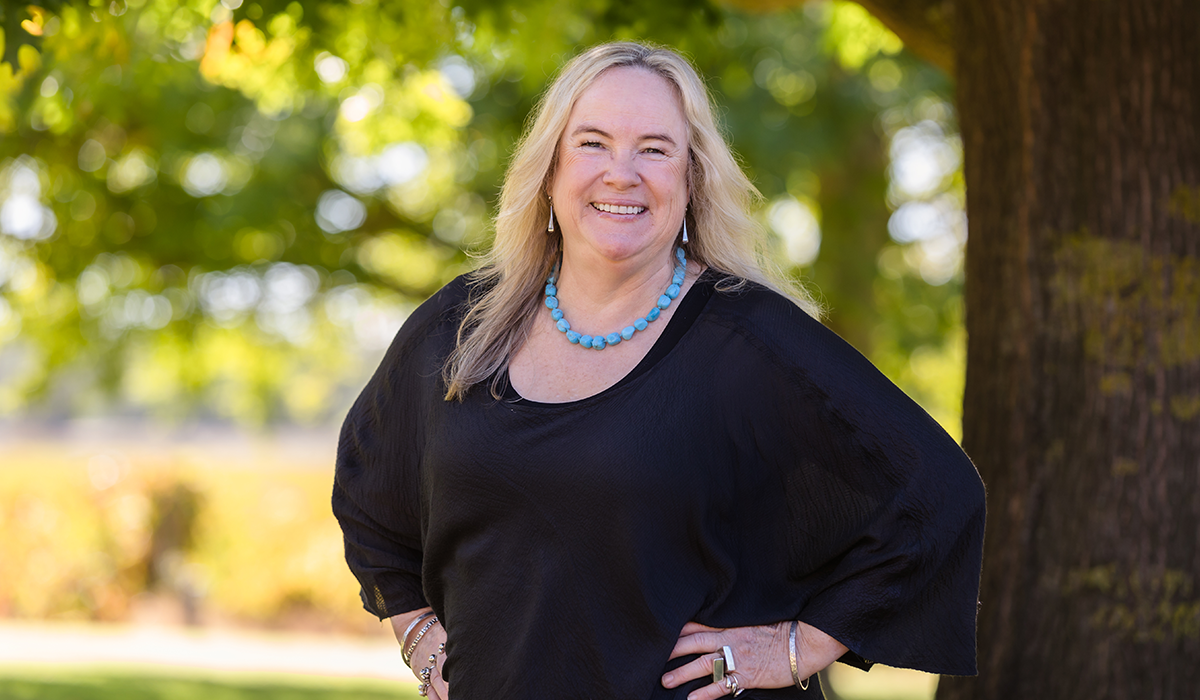
For the record, I love rosé, it is a versatile style, able to match to a range of dishes from antipasti to seafood and tempura vegetables, and just lovely on its own. But is it the most beguiling, life-changing wine I’ve ever tasted? Not at all. That doesn’t mean it shouldn’t be made well. There’s the rub. Tip-top rosé should be pleasurable, textural, flavoursome, and downright delicious. Two things it shouldn’t be – overly sweet and never, ever an after-thought with the winemaking, as in ‘got excess fruit, let’s sell it off by making a rosé’. No. Please don’t. Make proper rosé, be serious with its intent. Now given it is a style, there are variations on a theme.
Julian Langworthy, chief winemaker at Deep Woods Estate, also has a boutique label, Nocturne, in Margaret River and at both estates, he crafts cracking rosé. He’s the king of pink.
What makes the style sing? “Phenolics play one of the most important parts, acid doesn’t necessarily. The wine’s joy and soul come from its fruit weight and phenolic structure, [Domaine] Tempier is a great example [made from a blend of mourvèdre, grenache and cinsault].”
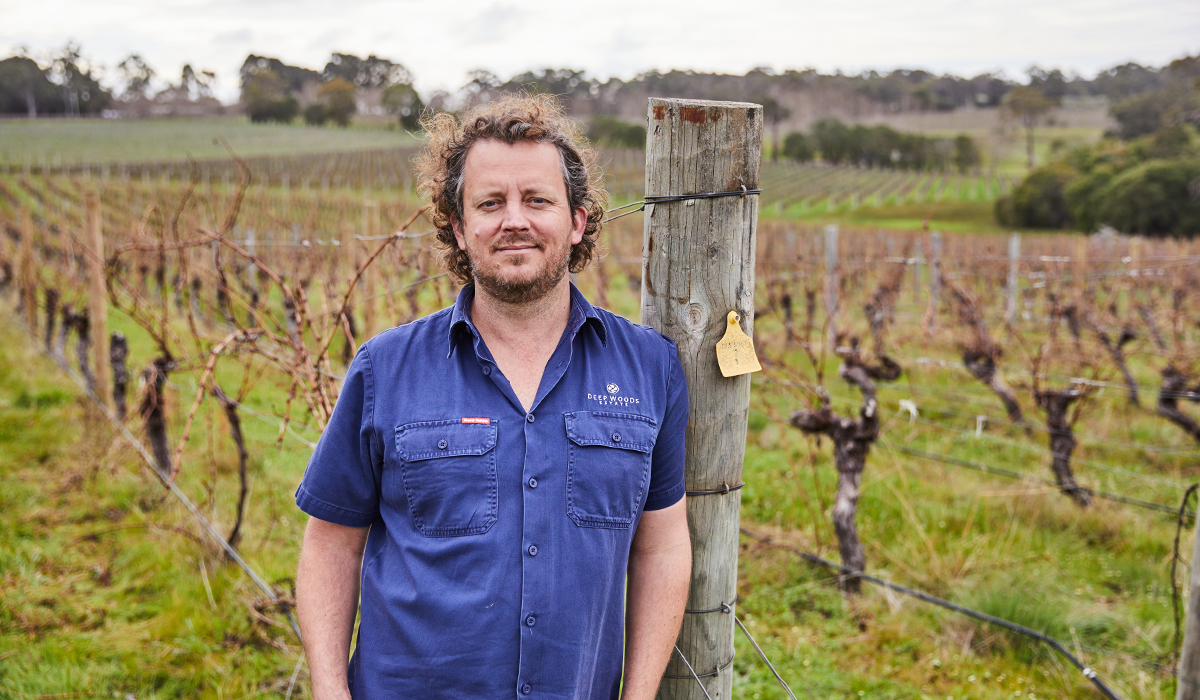
“So, varieties are hugely important and need to be treated differently.” While his heartland is cabernet sauvignon territory, it and cabernet franc are no-go for his styles – they can’t attain physiological ripeness at lower baumé levels: shiraz, tempranillo, nebbiolo and sangiovese are his picks.
While making rosé in stainless steel is the most common method, keeping it fresh and vibrant, juice fermented and rested in older oak barrels tends to have more texture and a depth of flavour. It’s a personal preference as I love the added dimension.
Now, it might seem an obvious question, what exactly is rosé? Or rosato, the Italian name, or rosado in Spanish. There’s no legal definition – it’s neither red nor white, generally made from red varieties with the colour determined by the variety and how long the juice has been in contact with the skin. It can be made via the saignée method – where a portion of the juice of crushed red grapes are removed – it means to bleed in French hence bleeding/draining off. However, a white variety with a dash of red to give the pinky hue or even a skin-contact pinot gris could be called a rosé. Regardless, find the one you love, made with love, then there’s nothing else to do but sit back, relax and enjoy with those you love. Oh, please pass the Caprese salad.
-
Jane Faulkner's top rosé wines to try
-
Collector Wines
Shoreline Sangiovese Rosé 2022
Gundagai Canberra District -
Deep Woods Estate
Rosé 2023
Margaret River -
Giant Steps
Rosé 2022
Yarra Valley -
L.A.S. Vino
Albino PNO Rosé 2022
Margaret River -
Nocturne Wines
Carbunup SR Rosé 2023
Margaret River -
Voyager Estate
Rosé Tempranillo 2023
Margaret River
Latest Articles
-
News
The power of perspective: Ryan Ponsford's Entropy
2 Dec 2025 -
Events
Halliday Wine Academy: Wine Immersion Tours
30 Nov 2025 -
Travel
Scenic's Southern France and Bordeaux river cruises are tailor made for wine lovers
30 Nov 2025 -
News
What’s in a name? The etymological origins of popular grapes.
30 Nov 2025









